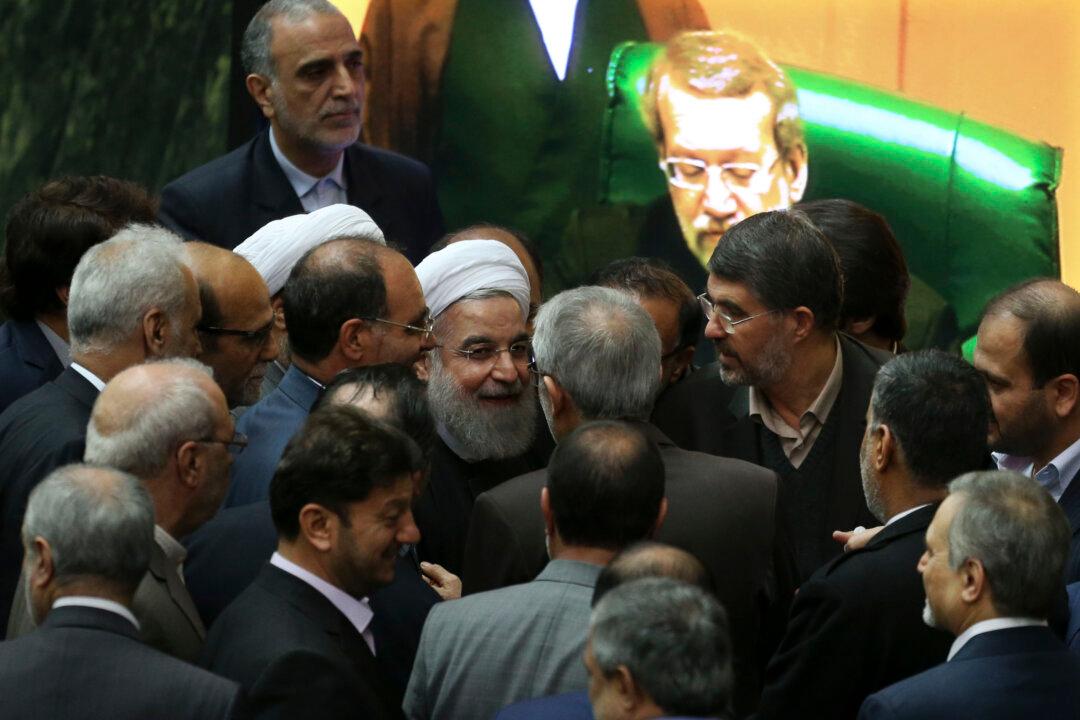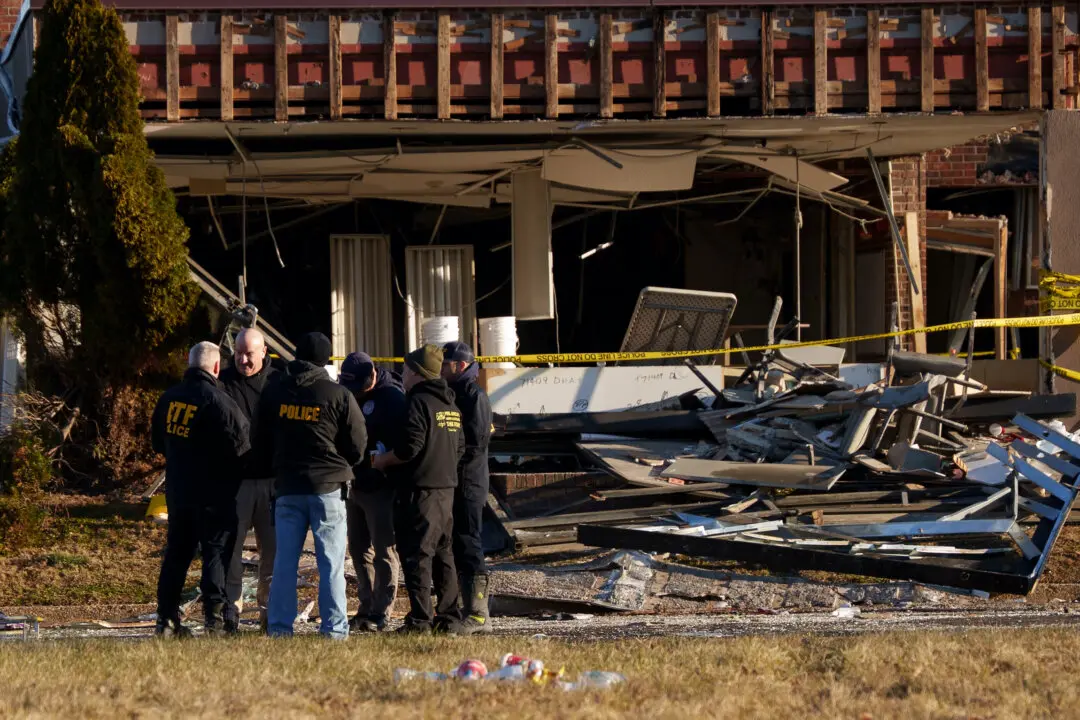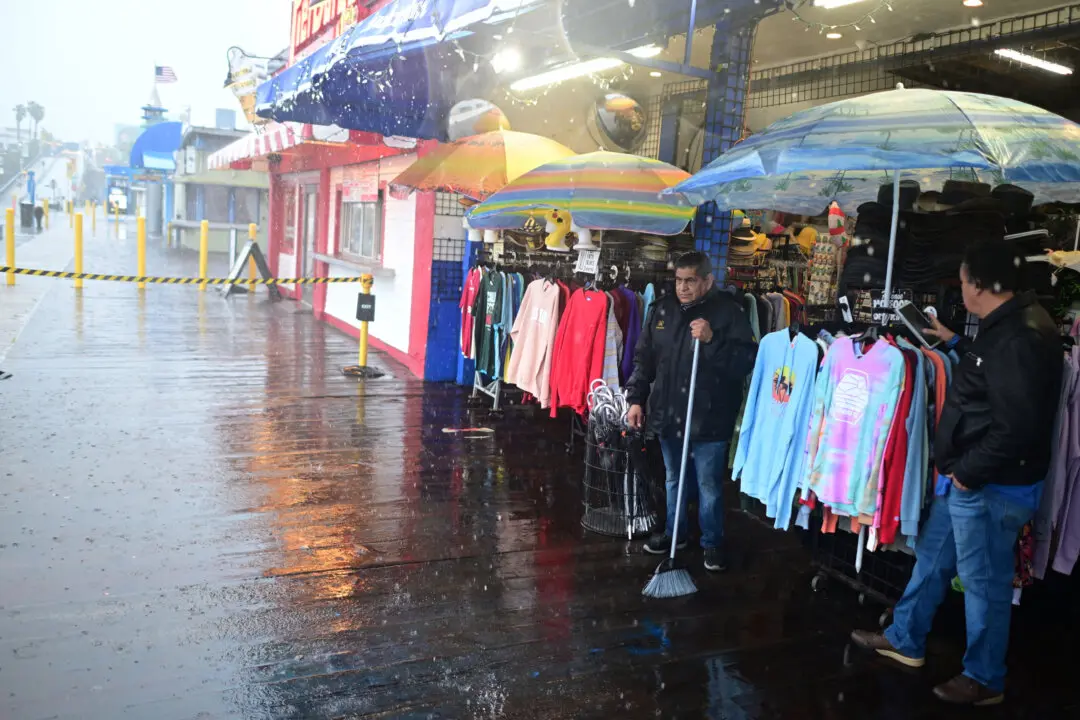TEHRAN, Iran—The implementation of a historic nuclear deal with world powers is expected to pave the way for a new economic reality in Iran, now freed from harsh international sanctions.
More than $30 billion in assets overseas will become immediately available to the Islamic Republic. Iran’s Central Bank Governor, Valiollah Seif, was quoted by the official IRNA news agency as saying that Iran will not transfer the cash and instead will use it to import the goods it needs. Official Iranian reports have set the total amount of frozen Iranian assets overseas at $100 billion.
A European oil embargo on Iran will end. Already, some 38 million barrels of oil are in Iran’s floating reserves, ready to enter the market, according to the International Energy Agency (IEA).
All that means even more money coming into the country, allowing it to undertake needed repairs to its oil and gas fields to boost its own production. Iran is home to the world’s fourth-largest proven reserve of crude oil and ranks second in proven natural gas reserves behind Russia.
[aolvideo src=“http://pshared.5min.com/Scripts/PlayerSeed.js?sid=1759&width=580&height=356&playList=519422336&responsive=false&pgType=console&pgTypeId=discovery-videoDetails-grabCodeBtn”]
Tehran already seems to be making plans for its post-sanctions economy and infrastructure. Transport Minister Abbas Akhondi told the official IRNA news agency Saturday that his government had agreed to buy 114 new planes from the European consortium Airbus. Iran is looking to buy up to 400 new planes to replace its aging commercial fleet—some of which has been grounded due to a lack of spare parts.
On Sunday, Iranian President Hassan Rouhani presented parliament with a draft budget that plans for an economic windfall even as it reduces reliance on oil revenues. The $75 billion budget is about 4.2 percent higher than the previous year’s budget of $72 billion.
Sizeable financial challenges will remain for Iran, a country in which ATMs don’t link to the global banking system and restaurants can’t accept foreign credit cards. Local banks remain burdened with bad debt, inflation is still high and unemployment stands at around 10 percent.
[morearticles]1943329, 1937791, 1937988[/morearticles]
The International Monetary Fund (IMF) in October noted that some businesses and consumers were putting off major purchases in hopes of getting higher-quality foreign goods when sanctions end. This delayed spending is dragging down domestic growth, but could amplify the economic boost delivered by the lifting of sanctions.
As Iran emerges from sanctions it will join a global economy in flux, with fears of a Chinese slowdown that led to a plunge in U.S. stocks last week. Oil is selling at around $30 a barrel, a 12-year low already affecting Iran’s oil-producing neighbors in the Gulf. Any new Iranian supply to the market is likely to keep oil prices down.
“In terms of the global backdrop, Iran’s reintegration could hardly come at a worse time,” an October report by the Dubai-based bank Emirates NBD said. “Ultimately, we still suspect that growth can rebound sharply.”
[caption id=“attachment_1943508” align=“alignnone” width=“674”] An Iranian woman walks past a mural depicting Iranian armed forces in the battlefield, at Palestine Sq. in Tehran, Iran, on Jan. 16, 2016. The end of Western sanctions against Iran loomed Saturday as Iran’s foreign minister suggested the U.N. atomic agency is close to certifying that his country has met all commitments under its landmark nuclear deal with six world powers. (AP Photo/Vahid Salemi)[/caption]
An Iranian woman walks past a mural depicting Iranian armed forces in the battlefield, at Palestine Sq. in Tehran, Iran, on Jan. 16, 2016. The end of Western sanctions against Iran loomed Saturday as Iran’s foreign minister suggested the U.N. atomic agency is close to certifying that his country has met all commitments under its landmark nuclear deal with six world powers. (AP Photo/Vahid Salemi)[/caption]Under the deal, the United Nations’ arms embargo on the country continues, as do ballistic missile restrictions.
Since July, there has been some hard-line pushback. Iran’s powerful Revolutionary Guard has launched missiles and shown footage of an underground weapons base, and Supreme Leader Ayatollah Ali Khamenei has warned against Western influence spreading in the country.
But this week, when U.S. sailors were captured by Iran after straying into its territory, the Islamic Republic let them leave within a day after direct contacts between Kerry and Zarif. The two diplomats formed close ties during the nuclear negotiations.
[morearticles]1714611, 1469761, 1469298[/morearticles]
The implementation of the nuclear agreement was accompanied by the release of four U.S.-Iranian prisoners held in Iran, including Washington Post reporter Jason Rezaian, and a number of Iranians from U.S. custody, signaling a further thaw in ties.
Kerry said Saturday that the prisoner swap was not formally linked to the nuclear deal, but that it was “accelerated in light of the relationships forged ... in the nuclear talks.”
[aolvideo src=“http://pshared.5min.com/Scripts/PlayerSeed.js?sid=1759&width=580&height=350&playList=519421729&responsive=false&pgType=console&pgTypeId=discovery-videoDetails-grabCodeBtn”]
The deal also could affect Iran’s upcoming parliamentary election in February, further changing the balance of political power inside the country. Already, analysts have predicted it will boost allies of Rouhani, a moderate whose administration helmed the deal.
Since the deal was signed, however, there have been a series of legal cases in Iran targeting poets, filmmakers, artists, activists and journalists, which analysts attribute to hard-liners’ continuing struggle with moderates.
Prominent analyst Sadeq Zibakalam said implementation of the nuclear deal has brought a genuine rapprochement between Iran and the West for the first time in nearly four decades.
“It’s the first time, 37 years after Iran’s 1979 revolution, that Iran has succeeded in détente with the West, specifically with the U.S., despite radical and hard-line opponents both inside Iran and America as well as the Israeli lobby and Saudi opposition,” Zibakalam said.





